Are Plants Organisms? Plants have been a subject of fascination for centuries, delighting us with their beauty and contributing to the world around us in countless ways. But have you ever wondered whether plants are organisms? The answer is yes, plants are indeed living organisms that belong to the plant kingdom.
The plant kingdom is a vast and diverse group of organisms that includes a wide variety of plants, from tiny mosses to towering trees. Plants are classified based on their unique characteristics, such as their ability to produce their own food through photosynthesis.
In this section, we’ll explore the fascinating world of plant biology and discuss the classification of plants based on their characteristics. We’ll delve into the plant life cycle, reproduction, and growth, as well as the role of plant cells in their structure and function. By the end of this section, you’ll have a deeper understanding of what makes plants living organisms and how they fit into the world around us.
Key Takeaways:
- Plants are living organisms belonging to the plant kingdom.
- Plants are classified based on their unique characteristics.
- The plant life cycle, reproduction, growth, and cellular structure contribute to the classification of plants.
Understanding Plant Biology
Plants are incredibly complex organisms that have unique characteristics and a fascinating life cycle. In this section, we’ll explore the intricacies of plant biology, including plant growth, reproduction, and cellular structure.
The Plant Life Cycle
Like all living things, plants have a life cycle that begins with seed germination and ends with seed production. However, the life cycle of plants is unique in that it includes two distinct phases: the haploid phase, which produces sex cells, and the diploid phase, which produces the actual plant.
During the haploid phase, plants produce sex cells through a process called meiosis. These sex cells, which are either male (pollen) or female (ovules), combine during fertilization to create a diploid zygote. The zygote then undergoes mitosis, a process of cell division, to create the actual plant.
Plant Characteristics
Plants have several unique characteristics that distinguish them from other organisms. First, they are autotrophs, meaning they produce their own food through photosynthesis. Second, they have a rigid cell wall made of cellulose, which provides structure and support. Third, they have specialized structures for reproduction, such as flowers and cones.
Additionally, plants have specialized tissues and organs that perform specific functions. For example, the xylem and phloem transport water and nutrients throughout the plant, while the stomata regulate gas exchange.
Plant Reproduction
Plants have several methods of reproduction, including sexual and asexual reproduction. Sexual reproduction involves the combination of male and female sex cells to create a zygote, while asexual reproduction involves the production of new plants from existing plant parts, such as roots or stems.
Some plants, such as annuals, complete their entire life cycle in one year, while others, such as perennials, can live for several years. Additionally, some plants are self-pollinating, while others rely on pollinators such as bees or butterflies.
Plant Growth and Cells
Plants exhibit indeterminate growth, meaning they continue to grow throughout their lifespan. This growth is facilitated by specialized cells called meristems, which are located at the tips of roots and shoots and allow for cell division and elongation.
Plant cells are unique in that they have a cell wall, a central vacuole, and chloroplasts for photosynthesis. The cell wall provides structure and support, while the central vacuole stores water and nutrients. Chloroplasts contain chlorophyll, the pigment that allows plants to photosynthesize and produce their own food.
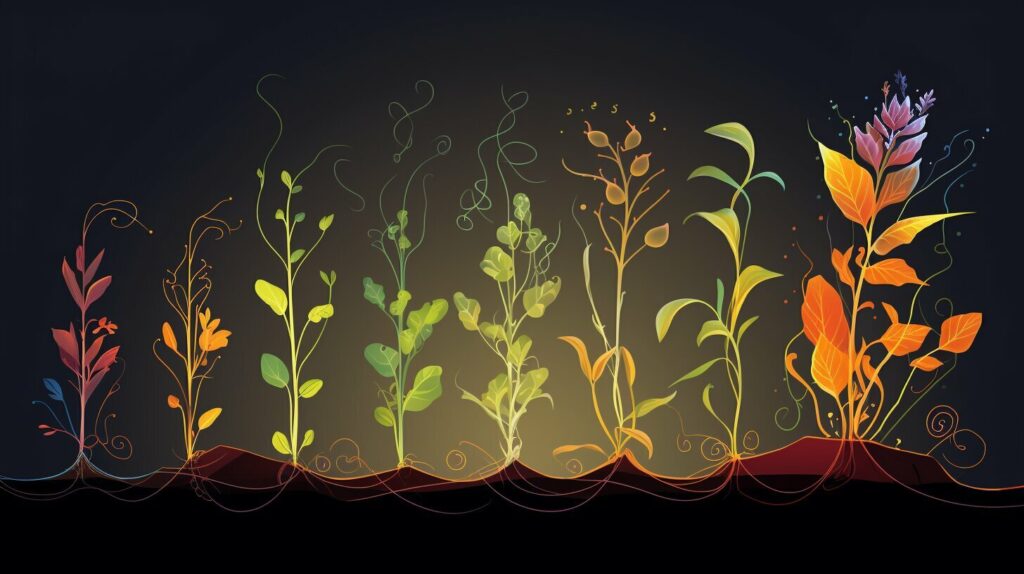
Understanding plant biology is essential to appreciating the vital role that plants play in our ecosystem. From their unique characteristics and life cycle to their specialized tissues and reproduction methods, plants are incredibly complex and fascinating organisms that deserve our admiration.
Examining Plant Adaptations
Plants have developed incredible adaptations that allow them to survive and thrive in a variety of environments. These adaptations include changes in plant growth, nutrition, and reproduction. Let’s dig deeper into these fascinating adaptations.
Plant Growth Adaptations
Plants have adapted to different conditions through various growth strategies. For example, some plants are able to grow towards sources of light, such as the sun or other light sources, to ensure they receive the maximum amount of light necessary for photosynthesis. Other plants have developed thick stems and leaves to store water and nutrients in arid environments.
Additionally, some plants have adapted to grow in specific environments. For example, mangroves are trees that have adapted to grow in saltwater environments by developing the ability to exclude salt from their systems and store fresh water in their leaves and branches.
Plant Nutrition Adaptations
Plants also have adapted various strategies for obtaining necessary nutrients. Some plants have evolved to grow in nutrient-poor soil by developing symbiotic relationships with fungi that help them extract nutrients from the soil. Other plants have adapted to grow in highly acidic or alkaline soil by developing root structures that can tolerate these extreme conditions.
Some plants have adapted to obtain nutrients through carnivorous behavior. For example, the Venus Flytrap has evolved to trap insects and digest them for nutrients, while certain pitcher plants have adapted to collect and digest small animals.
Image related to Plant Adaptations

As you can see, plants have developed an incredible range of adaptations to ensure their survival and growth in various environments.
Conclusion
The adaptations of plants are truly remarkable, and they play a vital role in the balance of our ecosystem. By understanding how plants have adapted to different environments and obtained necessary nutrients, we can appreciate their resilience and contribution to our world.
The Role of Plants in the Ecosystem
Plants are a vital component of the ecosystem, playing an essential role in maintaining the balance of our planet. As we explored in the previous sections, plants are organisms that go through a life cycle, grow, adapt, and obtain nutrition to survive.
Their contributions to the ecosystem are numerous. Through the process of photosynthesis, plants produce oxygen, which is essential for the survival of all living organisms. They also absorb carbon dioxide, a greenhouse gas that contributes to global warming. This means that plants help to regulate the Earth’s climate by balancing the levels of oxygen and carbon dioxide in the atmosphere.
Furthermore, plants provide a habitat and source of food for countless species of animals, and the decomposition of plant matter contributes to the nutrient cycle, which supports the growth of other plants and animals in the ecosystem.
The ecological significance of plants is closely tied to their life cycle, growth, adaptations, and nutrition. For example, certain plants have adapted to thrive in specific environments, such as deserts or wetlands, by developing specialized structures and behaviors that allow them to survive and reproduce. Others have adapted to live in symbiosis with other species, such as pollinators or fungi, creating mutually beneficial relationships.
The classification of plants is also important in understanding their ecological role. The plant kingdom is divided into four main divisions: mosses, ferns, gymnosperms, and angiosperms. Each division has unique characteristics, including different methods of reproduction and growth. Understanding these differences can help us appreciate the diversity of the plant kingdom and the important role each division plays in the ecosystem.
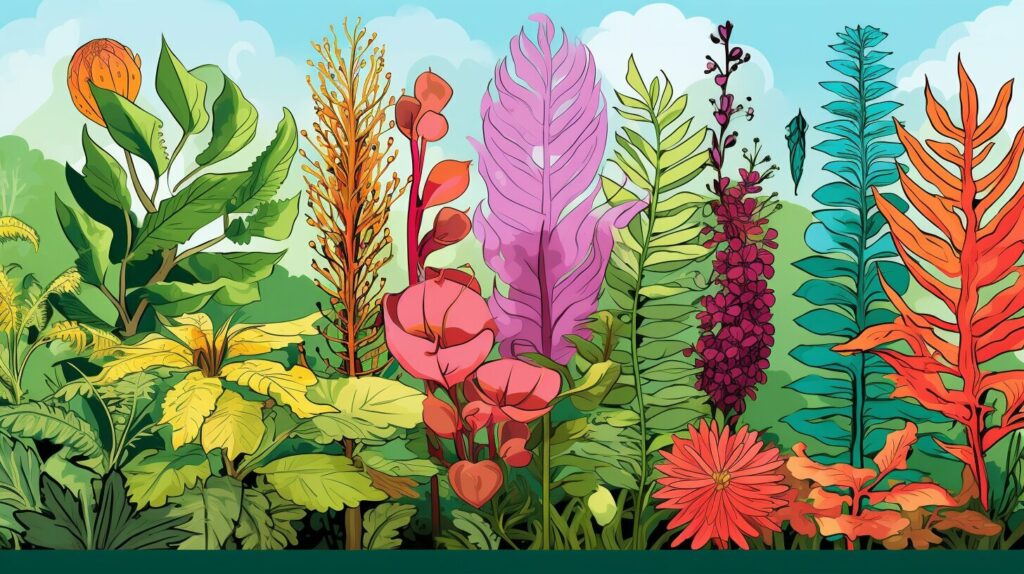
Overall, the role of plants in the ecosystem is vast and crucial. By studying and understanding the life cycle, growth, adaptations, and nutrition of plants, we can gain a greater appreciation for their beauty, importance, and the impact they have on our planet.
Unveiling Plant Classification
Examining the plant kingdom reveals a vast array of plant species, each unique in its own way. Botanists use plant characteristics to classify the different plants into various categories. This process leads to the classification of plants.
Plants are classified into different groups based on their characteristics. One of the earliest efforts to classify plants was done by Aristotle, who divided plants into two classes, trees and herbs.
Today, botanists use a more complex system of classification, which takes into account the morphological, anatomical, and physiological characteristics of plants. The modern classification of plants is built on a system laid out by Carolus Linnaeus in the 18th century and since then has been updated based on new discoveries.
Plants are classified into two major groups, vascular and non-vascular plants. Non-vascular plants lack the specialized tissues for conducting water and nutrients. Mosses and liverworts fall under the category of non-vascular plants. Vascular plants, on the other hand, have specialized tissues for conducting water and nutrients and include ferns, gymnosperms, and angiosperms.
The gymnosperms are a group of seed-producing plants. They have a naked seed, meaning that the seed is not enclosed in a fruit. They include conifers like pines, spruces, and firs. Angiosperms are flowering plants that produce seeds enclosed in fruits. They constitute the largest group of plants and include everything from annuals to perennials, shrubs, and trees.
Botanists further classify plants based on their characteristics like whether they produce flowers or not, the type of root system they have, their growth habit, and the type of leaves they produce. Understanding the classification of plants helps researchers to identify and study specific species, as well as discover new plant species.
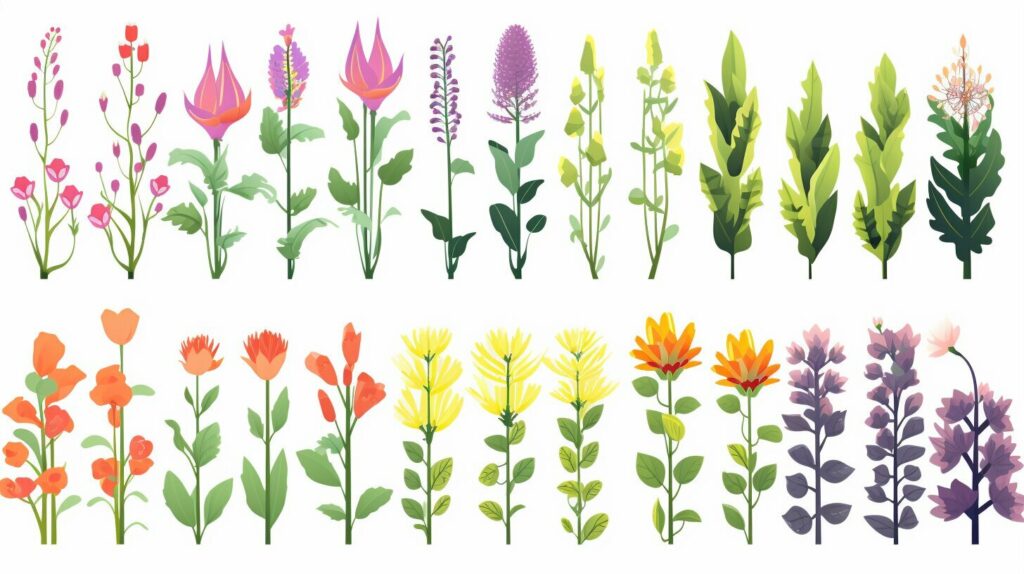
“Plants are classified into different groups based on their characteristics. Understanding the classification of plants helps researchers to identify and study specific species, as well as discover new plant species.”
The Intricacies of Plant Cells
Plant cells are the building blocks of any plant body. They are highly specialized and organized structures that perform various functions essential for plant growth, reproduction, and survival. Plant cells have several unique features that set them apart from animal cells.
Plant cell walls: One of the most distinguishing features of plant cells is their cell walls. Plant cell walls are rigid and provide structural support to the plant body. They are made of cellulose, a polysaccharide that cannot be digested by animals.
Plant cell organelles: Plant cells have several specialized organelles that perform specific functions. One of these organelles is the chloroplast, which is responsible for photosynthesis. Other organelles include the vacuole, which stores water and nutrients, and the mitochondria, which produce energy for the plant cell.
Plant cell reproduction: Plant cells reproduce through a process known as mitosis. During mitosis, the cell divides into two identical daughter cells. Plant cells can also reproduce through meiosis, a process that produces haploid cells, such as spores.
Plant cell growth is a complex process that involves cell division, elongation, and specialization. Plant cells can grow throughout their lifespan, which allows them to adapt to different environmental conditions and reach their full potential.
Plant reproduction is also highly specialized and often involves complex mechanisms, such as pollination and seed dispersal. These mechanisms allow plants to reproduce efficiently and effectively, ensuring the survival of their species.

In conclusion, plant cells are a unique and integral part of the plant body. Their specialized structures and functions enable plants to grow, reproduce, and thrive in a variety of environments. By understanding the intricacies of plant cells, we can appreciate the complexity and beauty of the plant world.
Conclusion
In conclusion, I have discovered through my exploration that plants are indeed organisms. In understanding plant biology, we gain insight into the plant life cycle, reproduction, growth, and cellular structure. We have also explored the incredible adaptations that plants have developed to survive and thrive in different environments, and how they contribute to the balance of the ecosystem.
Additionally, we have taken a closer look at the classification of plants, categorized based on their unique characteristics and divided into different groups within the plant kingdom. The study of plant cells has revealed the fascinating processes that occur within the plant’s cellular structure, which is fundamental to plant growth and reproduction.
Overall, by studying the intricacies of plants, we can appreciate their beauty, resilience, and their essential contributions to our ecosystem. Whether it’s their adaptations or nutrition, plants play a crucial role in maintaining the balance of life on earth. The plant kingdom is a wonder to discover, and I hope this article has sparked your curiosity to explore more.
FAQ
Q: Are plants organisms?
A: Yes, plants are organisms. They are living beings that belong to the plant kingdom.
Q: What is the plant kingdom?
A: The plant kingdom is a classification group that includes all plants. It is one of the five kingdoms of living organisms.
Q: How are plants classified?
A: Plants are classified based on their unique characteristics, such as their reproductive methods, growth habits, and other physical features.
Q: What is the life cycle of plants?
A: The life cycle of plants involves the stages of germination, growth, reproduction, and senescence (aging).
Q: How do plants reproduce?
A: Plants reproduce through various methods, including sexual reproduction (with the help of flowers and seeds) and asexual reproduction (through vegetative propagation).
Q: What are some unique characteristics of plants?
A: Plants have unique characteristics such as the ability to conduct photosynthesis, the presence of cell walls, and the presence of specialized plant cells with specific functions.
Q: How do plants adapt to their environment?
A: Plants have developed various adaptations to survive and thrive in different environments. Some examples include the ability to store water, modify their leaf shape, and develop deep root systems.
Q: What is the role of plants in the ecosystem?
A: Plants play a vital role in the ecosystem. They produce oxygen, absorb carbon dioxide, provide food and shelter for other organisms, and help maintain the balance of the environment.
Q: How are plants classified into different groups?
A: Plants are classified into different groups based on their characteristics. These groups include mosses, ferns, gymnosperms (cone-bearing plants), and angiosperms (flowering plants).
Q: What is the function of plant cells?
A: Plant cells have various functions within the plant body, including providing structural support, storing nutrients, conducting photosynthesis, and facilitating reproduction.

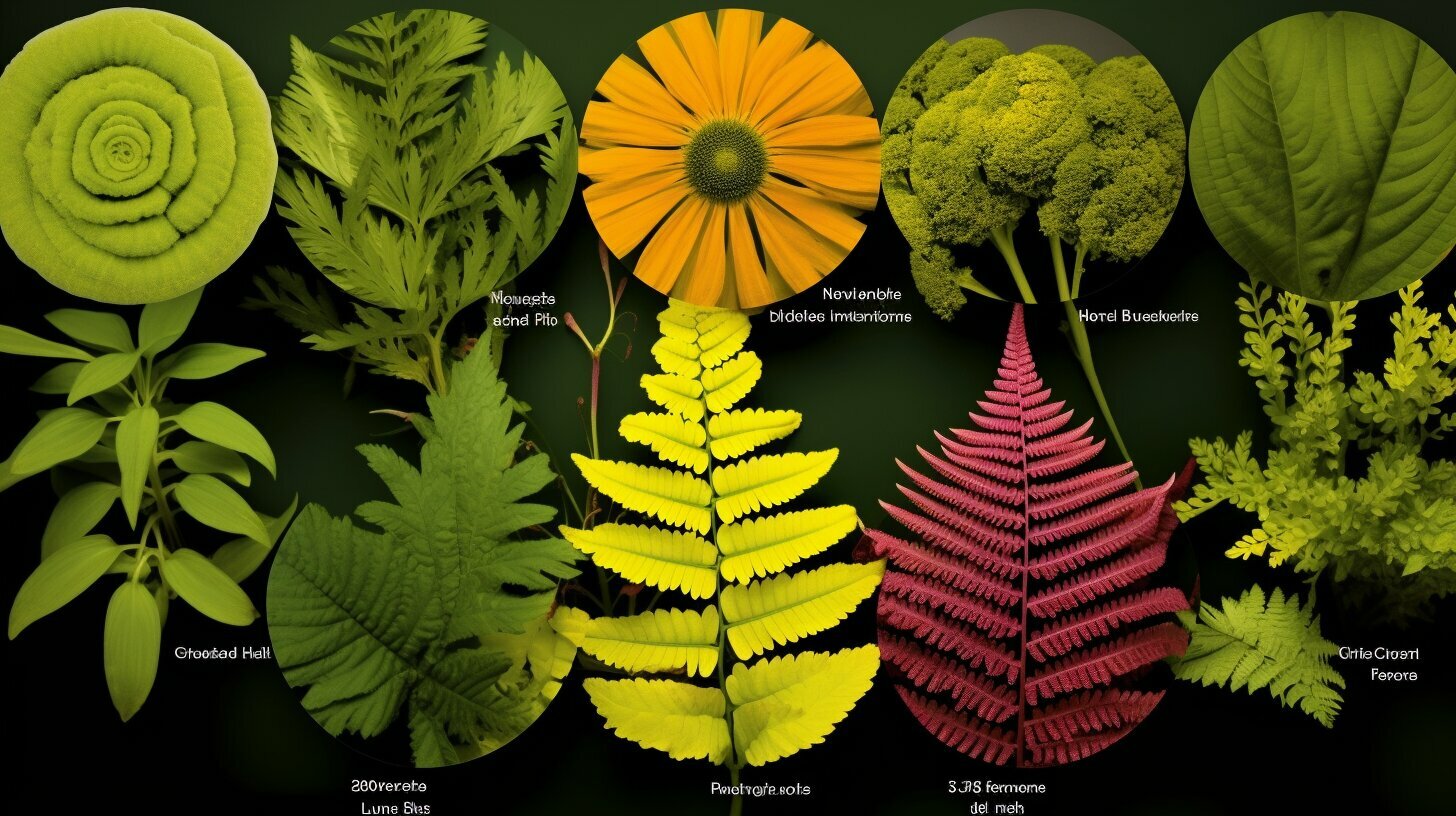
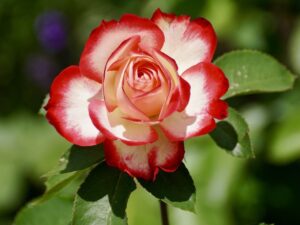
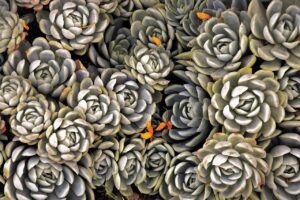
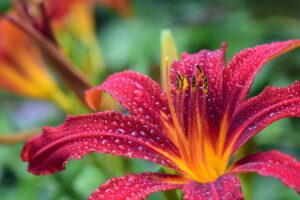
Pingback: Discover the Diversity of Flowering Plant Species Today!